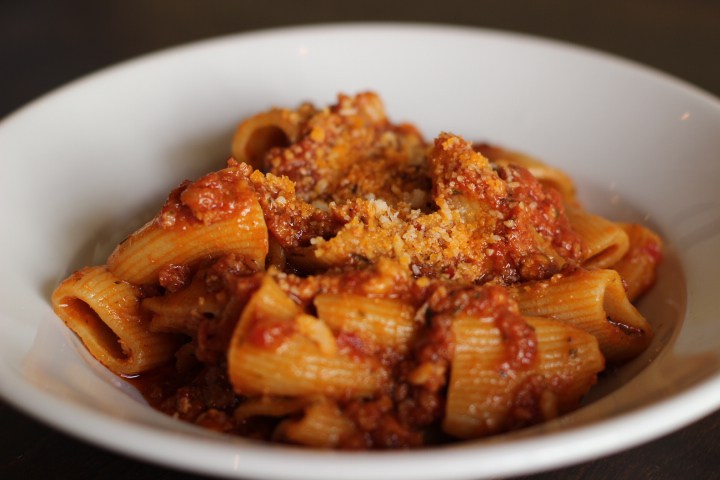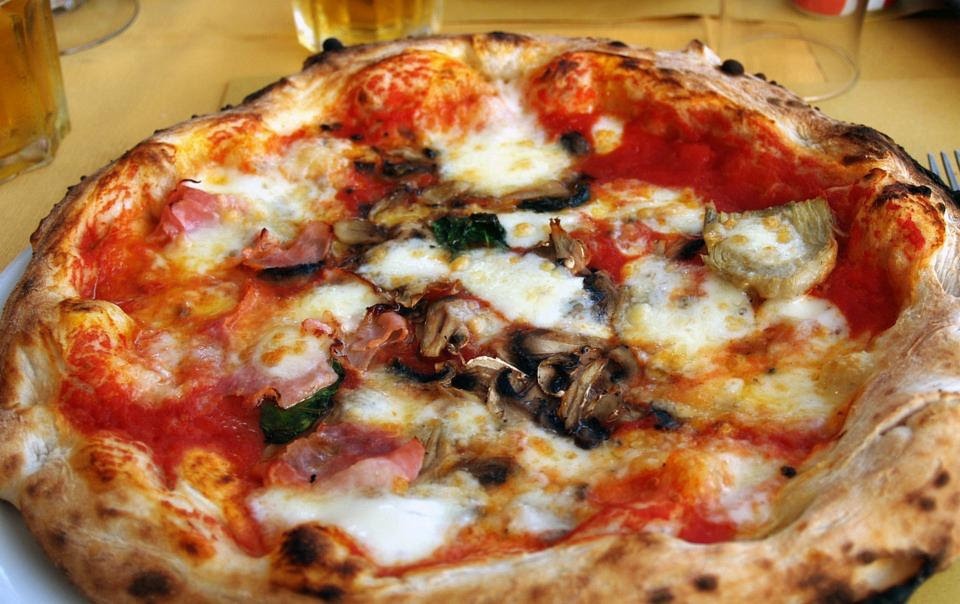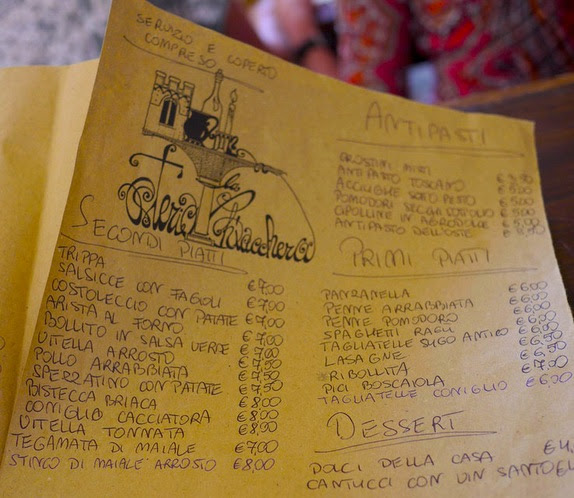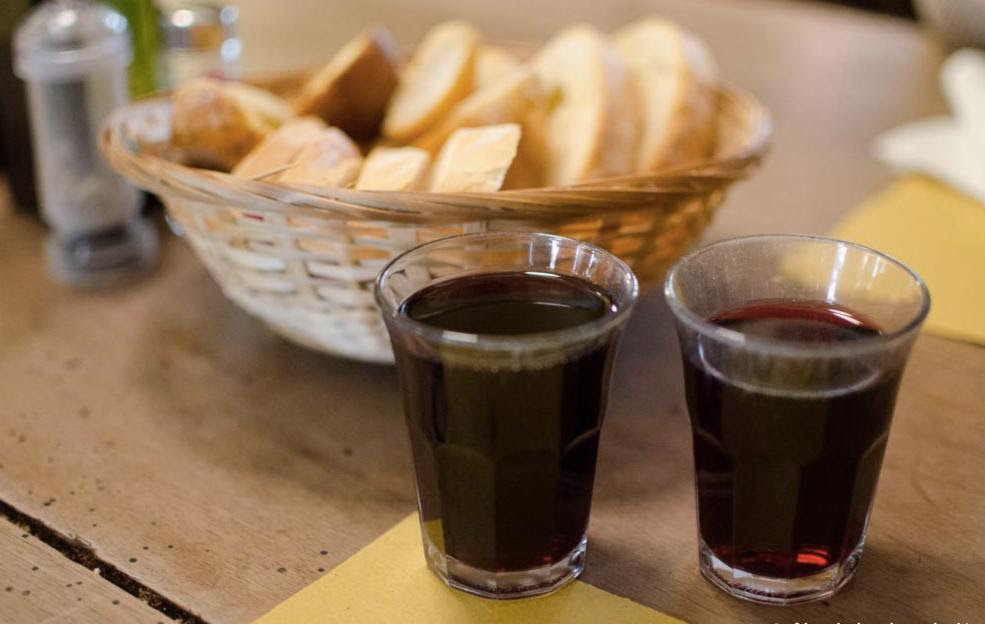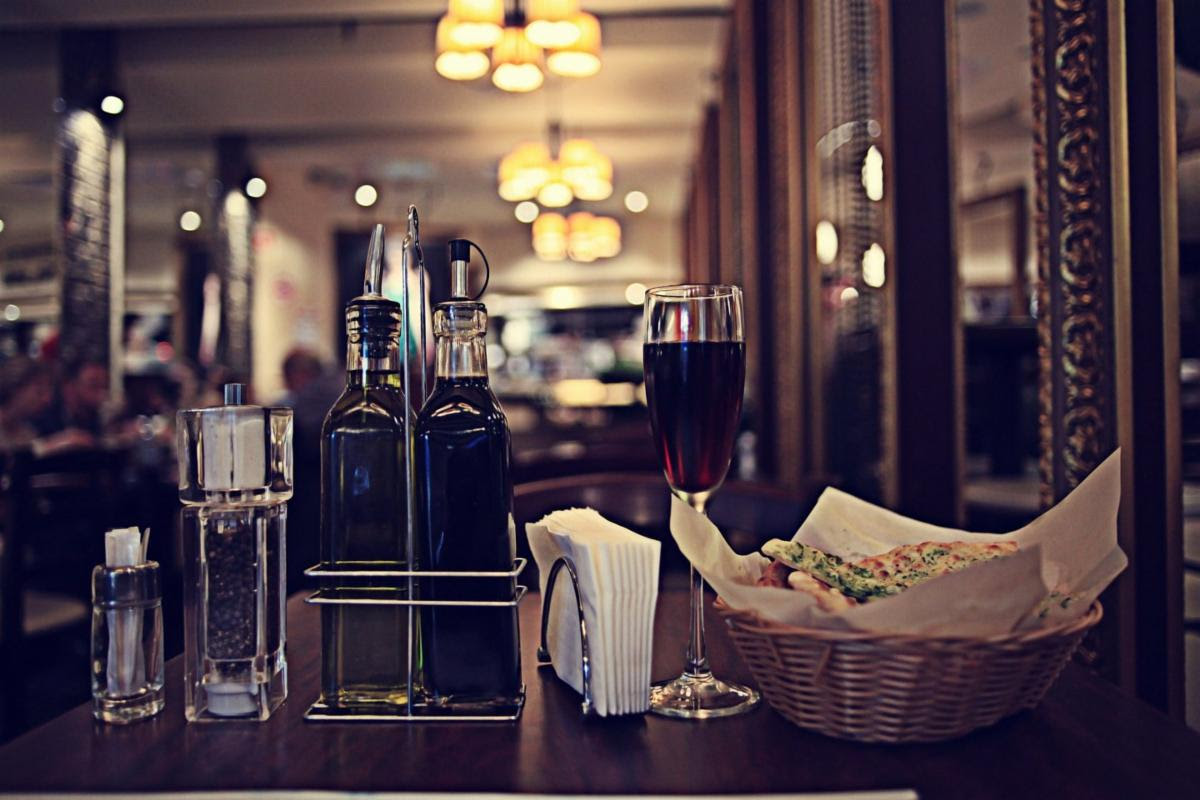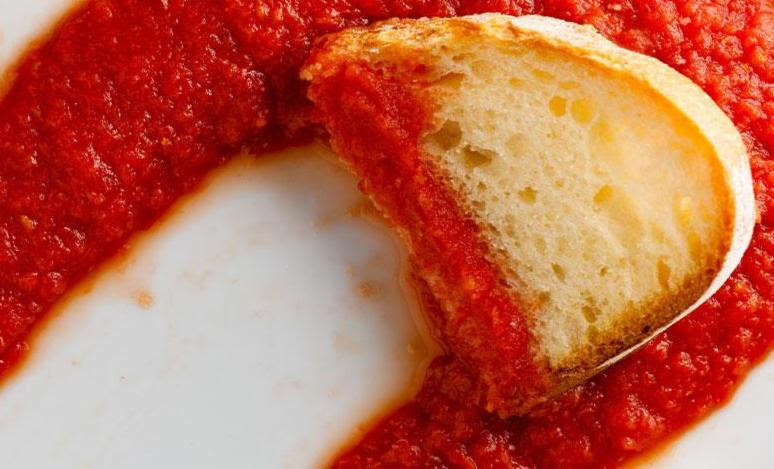11 Rules for Eating in Italy
If you’re lucky enough to dine with Italians on your trip to Italy, the topic will sooner or later turn to food. After all, Italy boasts a proud culinary culture. You’ll hear mythic tales about nonna’s suppers — feasts filled with…
Fresh baked focaccia
Slow Sunday sauces
Handmade pasta
Dining in Italy can delight your taste buds. Heck, food is a BIG reason why so many folks want to consider Italy travel.
Italian Dining Etiquette: The Do’s & Don’ts of Italian Food Rules
But, understanding the etiquette of eating in Italy can be hard. First-time travelers to Italy might wonder:
Will Italian waiters fill my glass with water?
Should I order every course at the Italian restaurant?
Why isn’t my favorite Italian dish on the menu in Italy?
Food Rules for Eating like a Local in Italy
To ease your edible enjoyment, See Italy has developed 11 Food Rules for Eating in Italy. You can familiarize yourself with the unspoken Italian food rules before traveling to Italy:
Italian Food Rule #1:
Pasta portions are individual sized in Italy
Italian restaurants are known for mountains of spaghetti. Not so much in Italy. Pasta —considered a first course or primo — is individually sized here. The restaurant isn’t stingy.
It’s just that Italians tend to prefer to stagger their courses as a food rule of thumb in Italian cuisine.
Italians first nibble on appetizers (antipasti), pasta, and then an entrée. Keeping pasta dishes, a manageable size lets Italians eat multiple courses without feeling stuffed immediately.
It slows down dinner. The upside? You’ll have plenty of room for tiramisù for dessert!
Italian Food Rule #2:
Pizza toppings are different in Italy
Pizza originated in Italy, but in the U.S. it took on a life of its own – inspiring bbq chicken pizza recipe, Hawaiian pizza, and pepperoni pizza. Traditional pizzas in Italy include:
- Margherita (mozzarella, tomato, basil)
- Marinara (just crust and tomato sauce)
- Quattro formaggi (white pizza with four types of cheese)
- Capricciosa (artichokes, ham, mushrooms, and black olives).
Keep in mind that pepperoni in Italian means ‘bell peppers.’ Ordering a “pepperoni pizza” will only get you a pie covered in peppers; however, it will still have that delicious pizza crust!
Italian Food Rule #3:
You don’t need to order every course at an Italian restaurant
Italians stagger how they eat—slowly savoring in a sequential way, dishes like—:
- Antipasti (appetizers)
- Primi (pasta/risotto/soup)
- Secondi (meat or fish)
- Contorni (sides, often vegetables)
- Dolci (dessert).
As a result, you’ll never see a chicken entrée served on the same plate as your pasta in Italy. Italians consider them two separate dishes — with the pasta always served before the meat course. Insider tip: share some antipasti and then order either pasta or a secondo when in Italy. If you’re still hungry after, you can always order more.
Italian Food Rule #4:
Drink water or wine at a sit-down restaurant
At sit-down restaurants in Italy, Italians typically limit themselves to one of two drinks: acqua (water) and vino (wine). Water in Italy usually arrives at your restaurant table in chilled glass bottles, which you’ll pay for. (Mineral water typically costs just a few euros per water bottle). Your waiter in Italy may ask if you prefer:
- acqua naturale (still mineral water)
or
- acqua frizzante (fizzy carbonated mineral water)
.
Some restaurants may refuse if you ask for tap water and no carbonated water, either. House wines can be ordered by the liter and are often priced the same as water (Italy, we love you)! Most restaurants also have “riserva” (reserve) wines available by the bottle.
Italian Food Rule #5:
Oil and vinegar are the only “Italian” salad dressings you’ll find
Funnily enough, “Italian salad dressing” doesn’t exist in Italy. That’s right; it’s a purely American invention. When you’re served salad (insalata) in Italy, your server will bring you extra-virgin olive oil and some kind of vinegar— called olio e aceto in Italian.
This duo is the only way Italians dress their side dish. On a related note, Italians never dip bread in olive oil and balsamic!
Italian Food Rule #6:
No bread before the pasta
Pizza. Pasta. Focaccia. With foods like these, it’s easy to assume that Italians do nothing but consume carbs. In Italy, though, Italians aren’t exactly gluten gluttons.
When ordering pasta, Italians never eat bread before their bucatini. Instead, bread is used to scoop up the leftover sauce on your plate only when you’ve finished your pasta.
Want to taste the real Italy for yourself? Click the button below to view our suggestions for finding Authentic Italian Carbonara in Rome!
Go back

